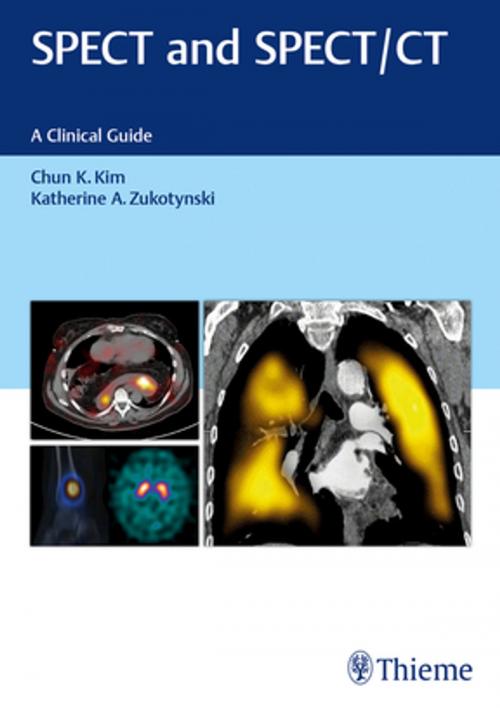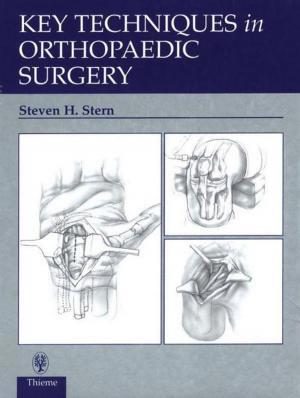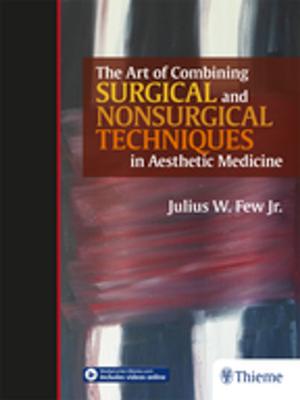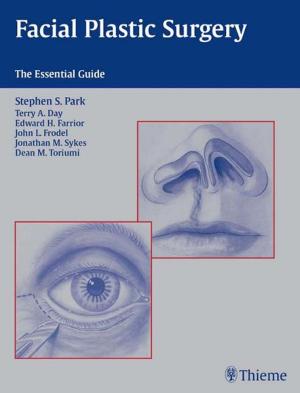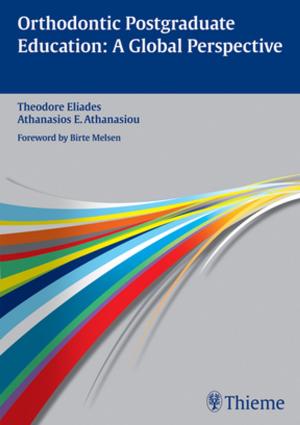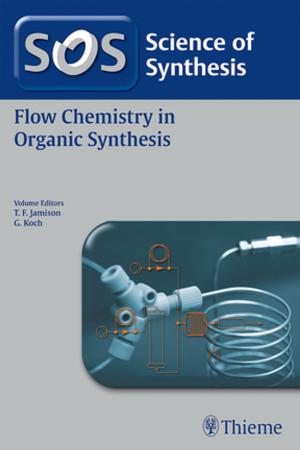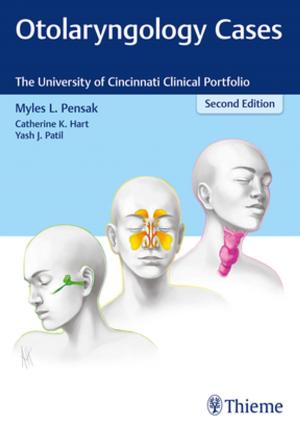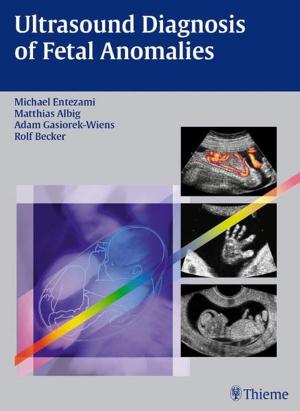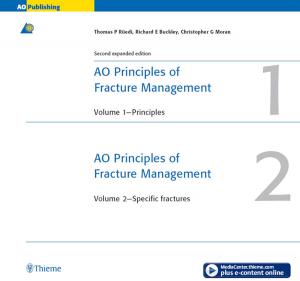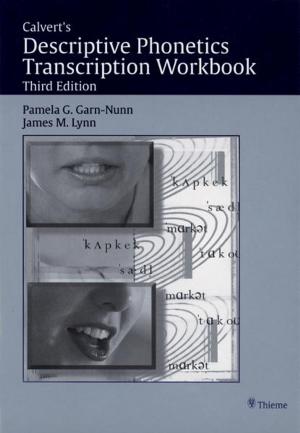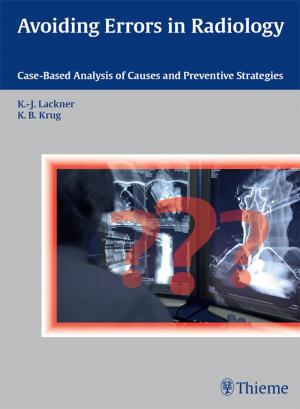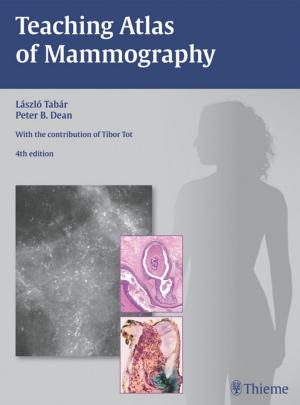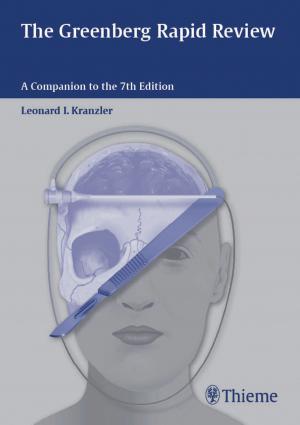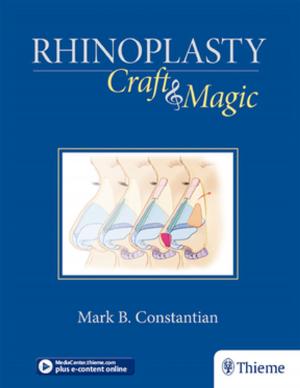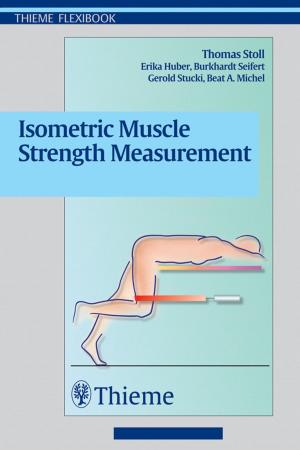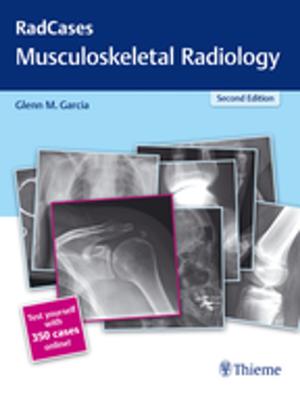SPECT and SPECT/CT
A Clinical Guide
Nonfiction, Health & Well Being, Medical, Specialties, Radiology & Nuclear Medicine| Author: | Chun Kim, Katherine Zukotynski | ISBN: | 9781626233393 |
| Publisher: | Thieme | Publication: | May 24, 2017 |
| Imprint: | Thieme | Language: | English |
| Author: | Chun Kim, Katherine Zukotynski |
| ISBN: | 9781626233393 |
| Publisher: | Thieme |
| Publication: | May 24, 2017 |
| Imprint: | Thieme |
| Language: | English |
Internationally renowned authorities in the field of hybrid imaging contribute firsthand expertise on the practical application of single-photon emission computed tomography (SPECT) and SPECT/CT. By combining clear anatomic markers from CT with functional knowledge from SPECT, SPECT/CT provides added value for patient evaluation and is becoming increasingly prevalent in routine clinical practice. Indeed, hybrid imaging is touted by many as a game changer in nuclear medicine.
The first two chapters of this book provide a foundation for understanding SPECT and SPECT/CT technological principles, including the associated radiopharmaceuticals. The remaining chapters detail the utility of SPECT and SPECT/CT in clinical practice including neuroscience and pediatrics, as well as specific pathologies. The book concludes with in-depth discussion of select case studies.
Key Features
- Efficacious use of SPECT and SPECT/CT for primary body systems, including the central nervous, cardiovascular, respiratory, and skeletal systems
- Value for the assessment of neoplastic disease, infection/inflammation, thyroid and parathyroid gland disorders
- Fourteen high-quality videos delineate specific techniques and clinical applications
- Meticulous, four-color graphics clearly elucidate key concepts
- Illustrative case studies offer educational teaching pearls
Together, the concise, evidence-based text and wealth of SPECT/CT images deliver a solid knowledge base, enabling practitioners to learn the effective use of this technology. This must-have book is certain to be an invaluable resource for a diverse spectrum of practicing and trainee clinicians in fields such as radiology, nuclear medicine, and radiation oncology.
Internationally renowned authorities in the field of hybrid imaging contribute firsthand expertise on the practical application of single-photon emission computed tomography (SPECT) and SPECT/CT. By combining clear anatomic markers from CT with functional knowledge from SPECT, SPECT/CT provides added value for patient evaluation and is becoming increasingly prevalent in routine clinical practice. Indeed, hybrid imaging is touted by many as a game changer in nuclear medicine.
The first two chapters of this book provide a foundation for understanding SPECT and SPECT/CT technological principles, including the associated radiopharmaceuticals. The remaining chapters detail the utility of SPECT and SPECT/CT in clinical practice including neuroscience and pediatrics, as well as specific pathologies. The book concludes with in-depth discussion of select case studies.
Key Features
- Efficacious use of SPECT and SPECT/CT for primary body systems, including the central nervous, cardiovascular, respiratory, and skeletal systems
- Value for the assessment of neoplastic disease, infection/inflammation, thyroid and parathyroid gland disorders
- Fourteen high-quality videos delineate specific techniques and clinical applications
- Meticulous, four-color graphics clearly elucidate key concepts
- Illustrative case studies offer educational teaching pearls
Together, the concise, evidence-based text and wealth of SPECT/CT images deliver a solid knowledge base, enabling practitioners to learn the effective use of this technology. This must-have book is certain to be an invaluable resource for a diverse spectrum of practicing and trainee clinicians in fields such as radiology, nuclear medicine, and radiation oncology.
